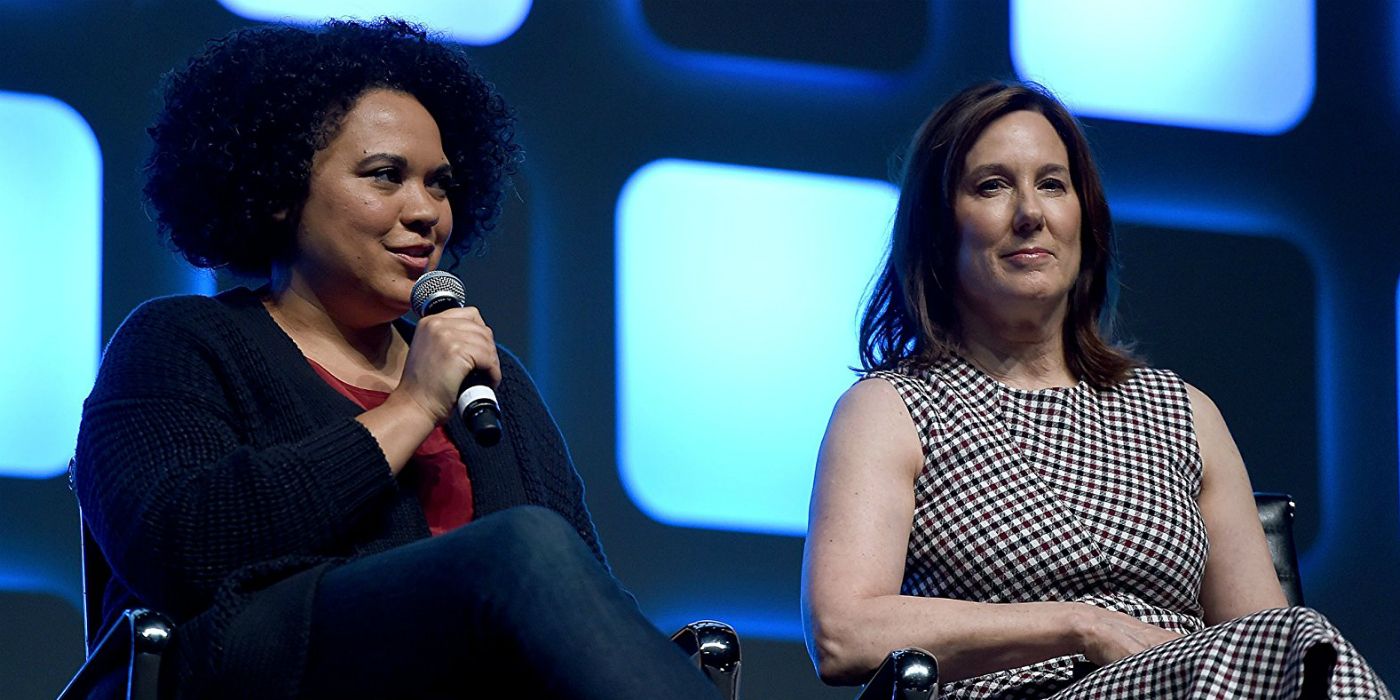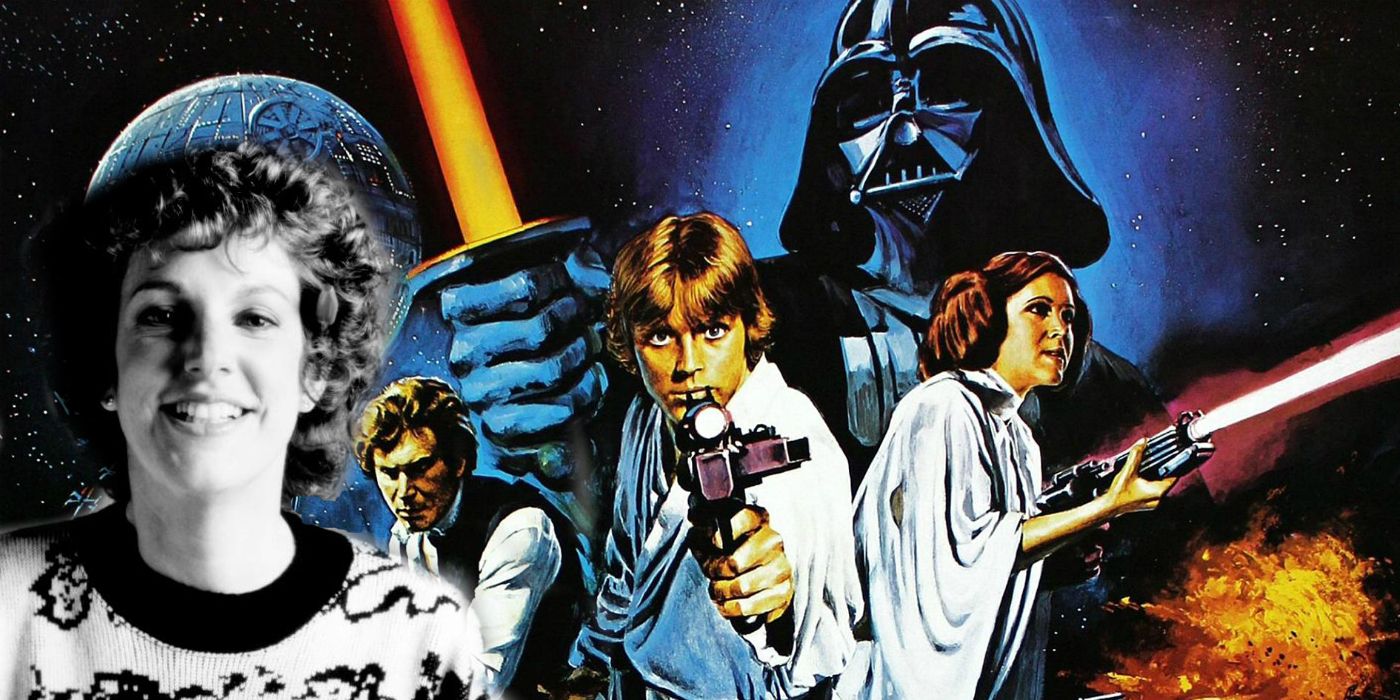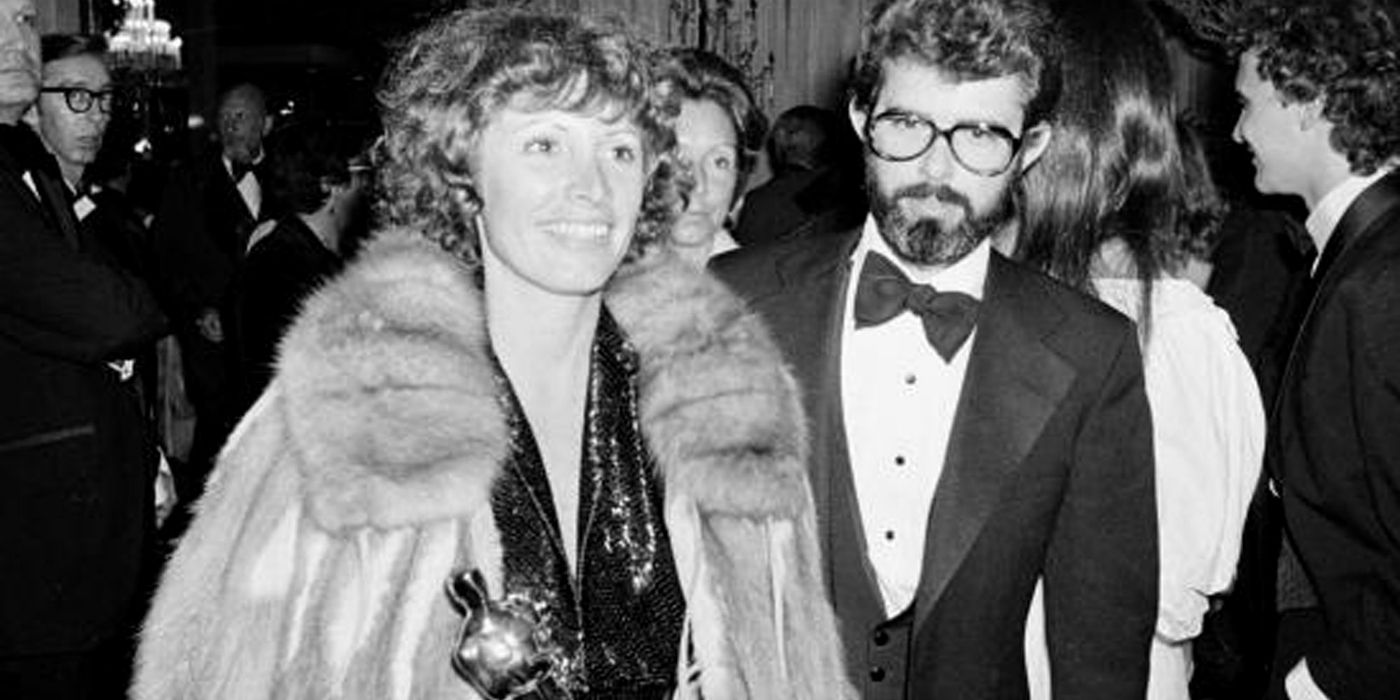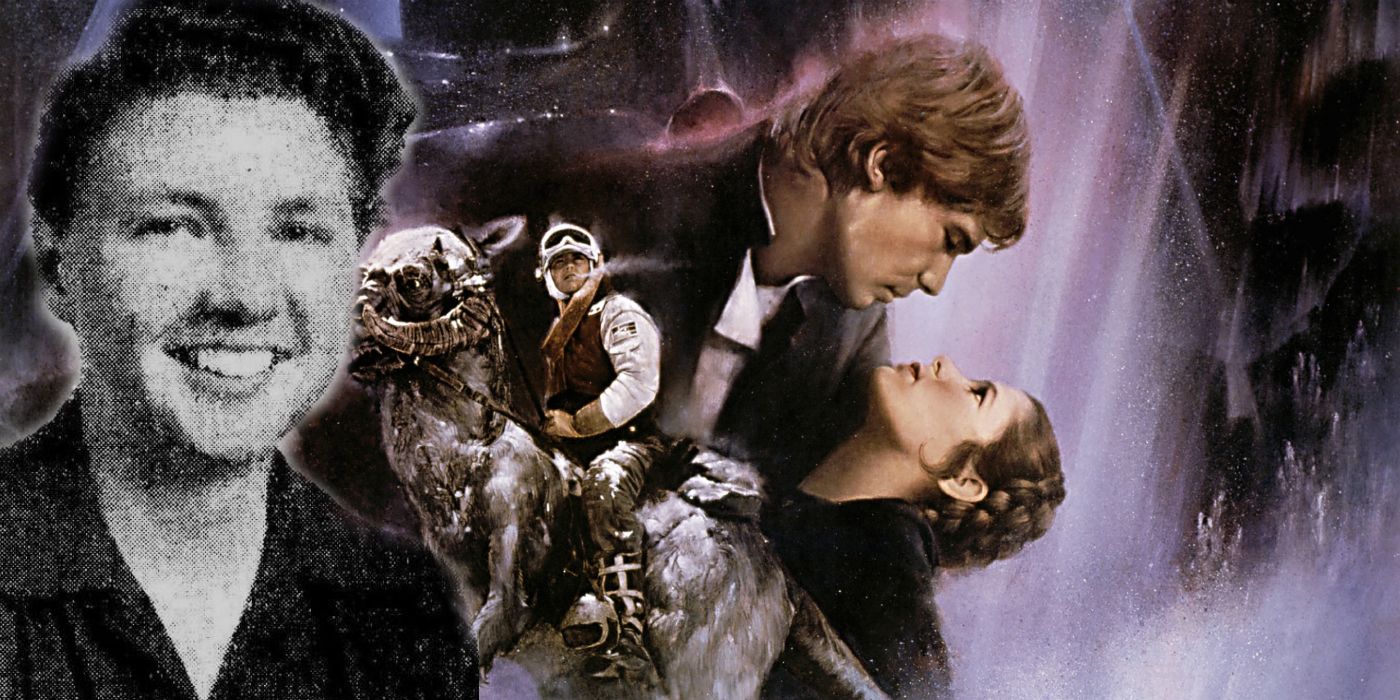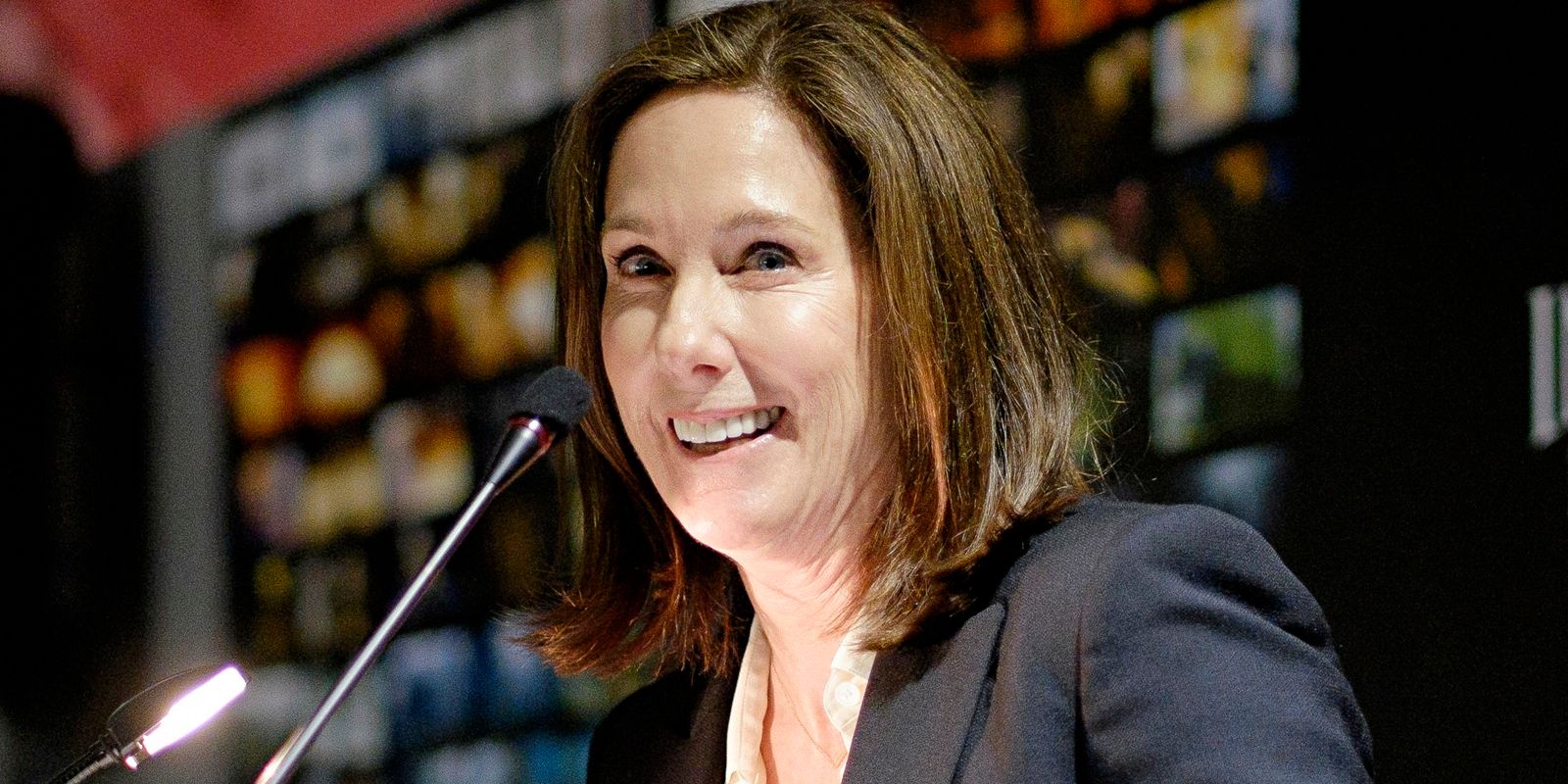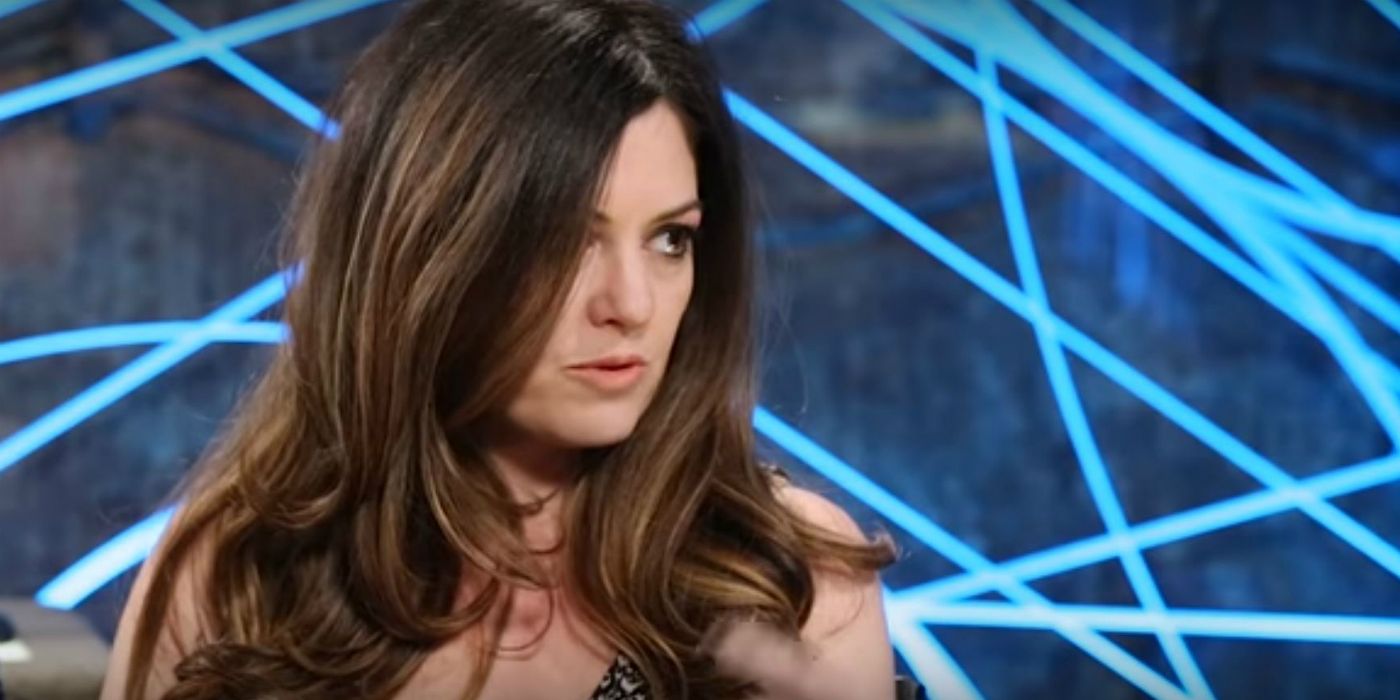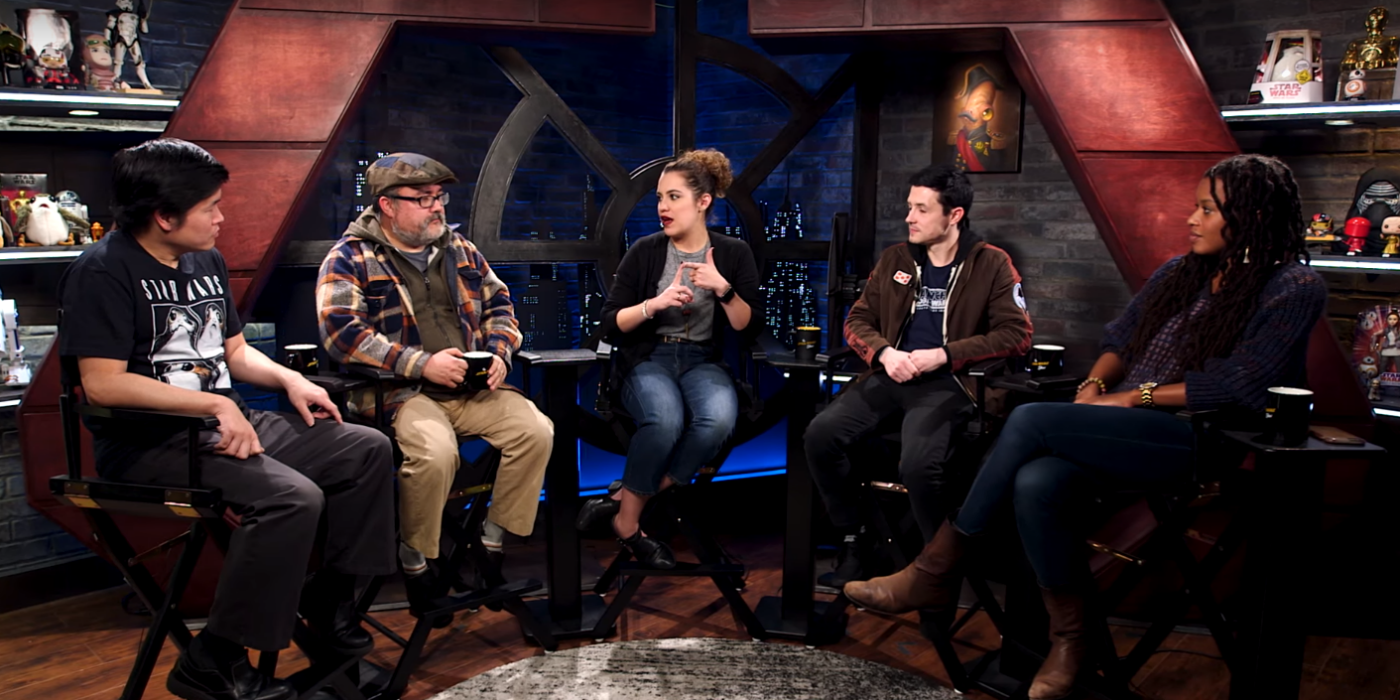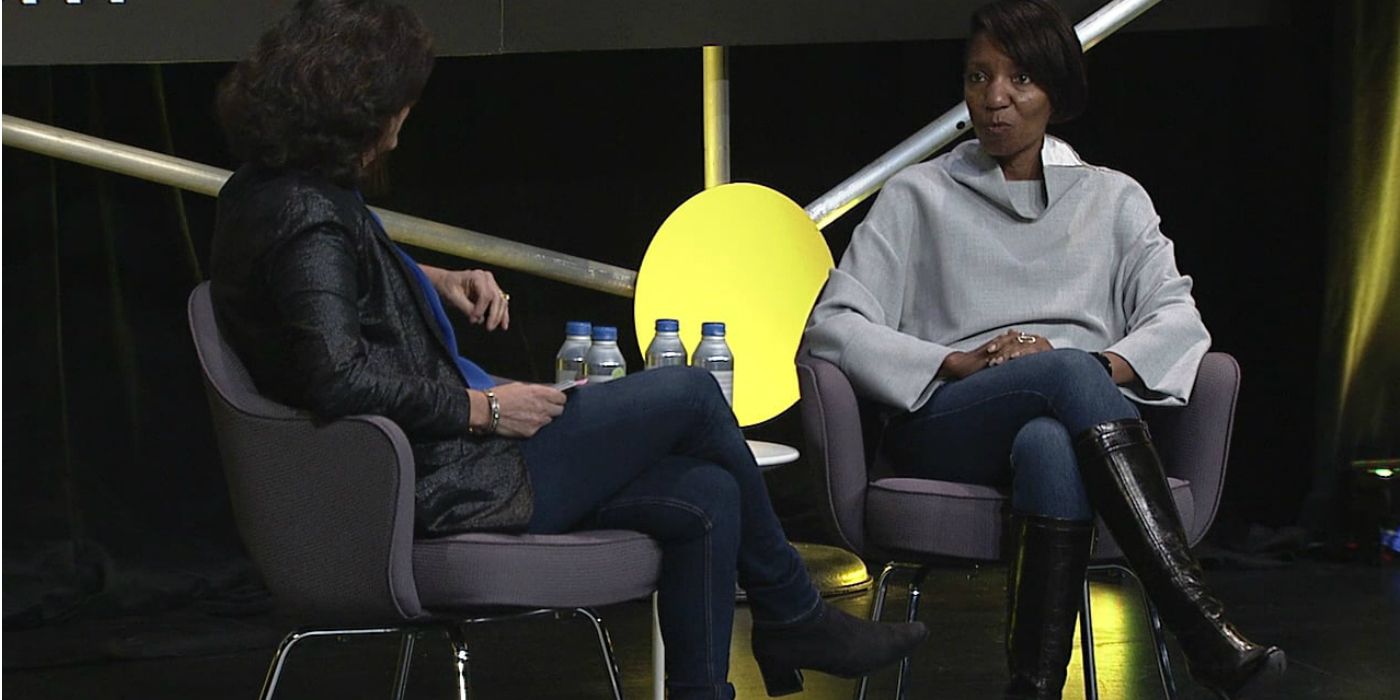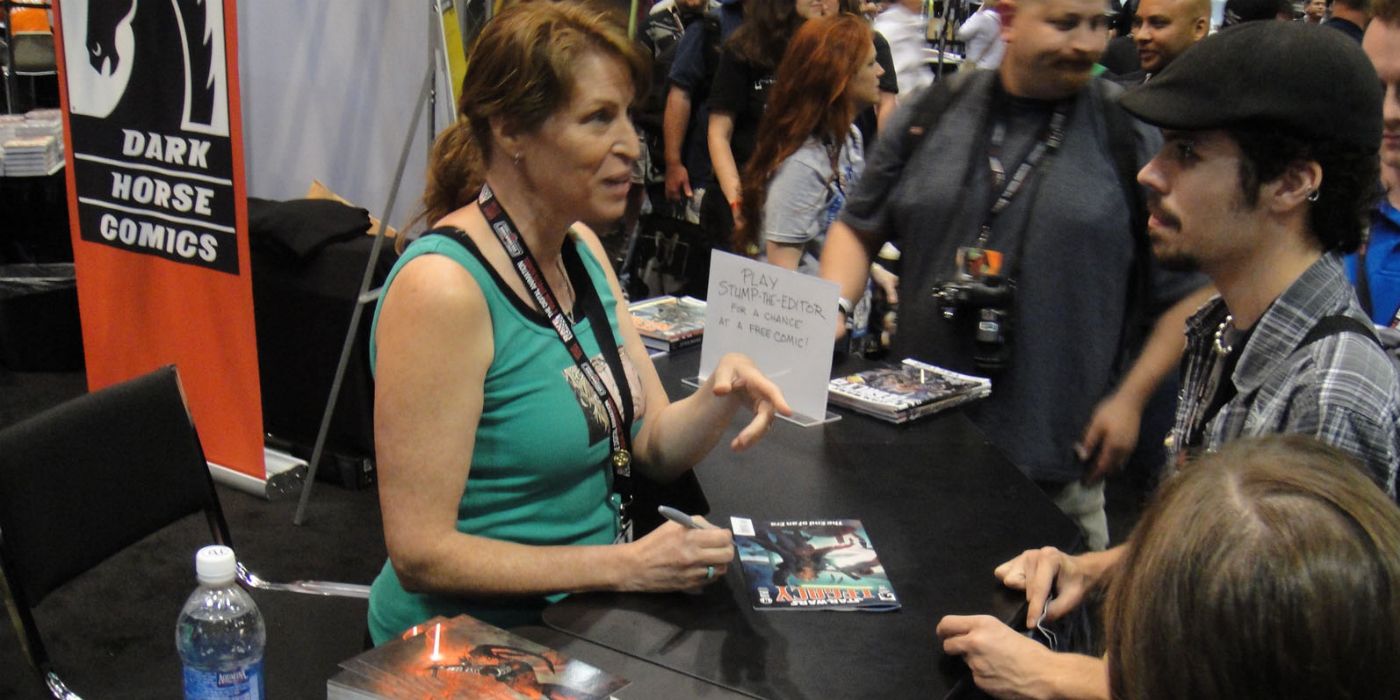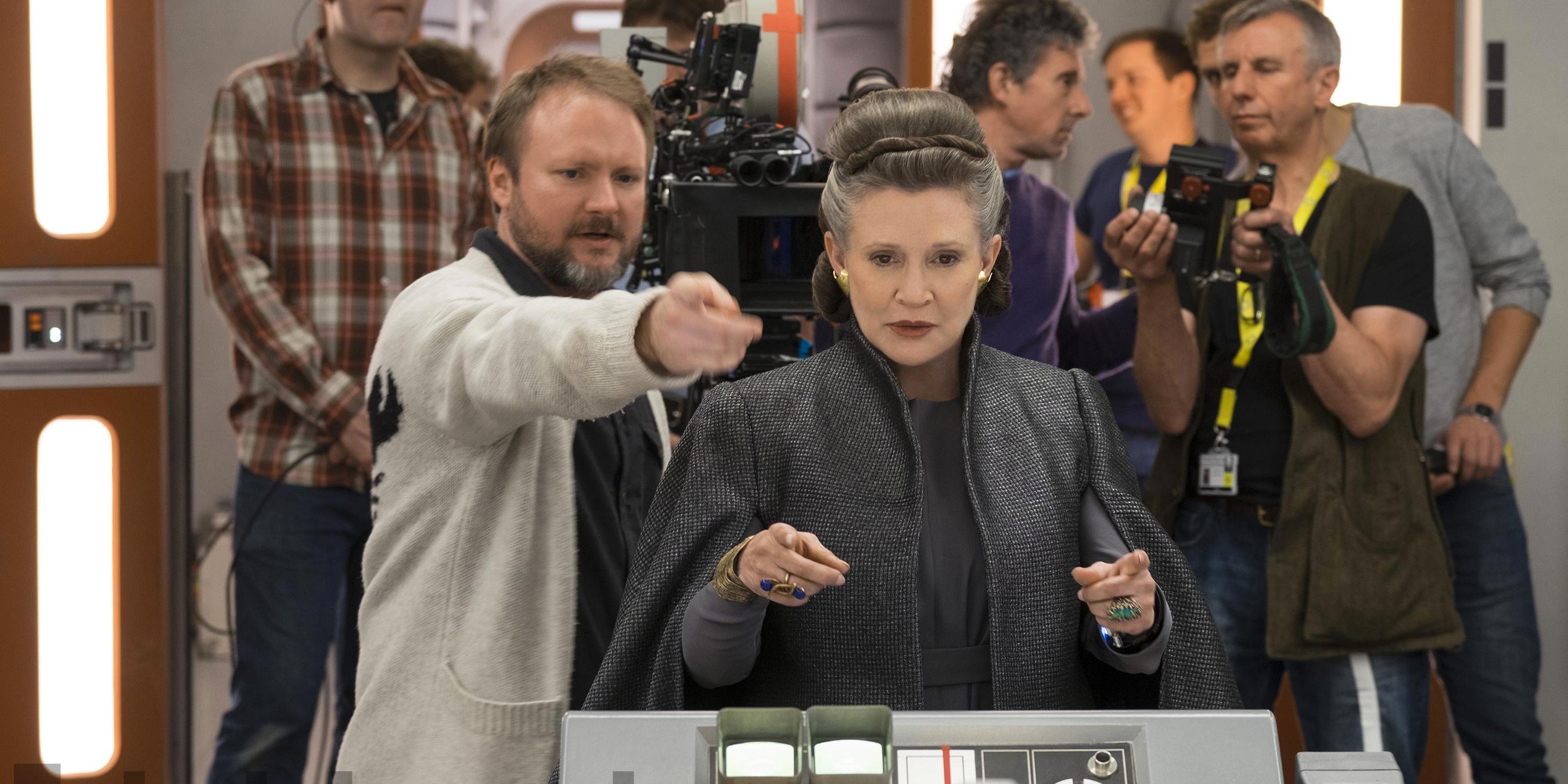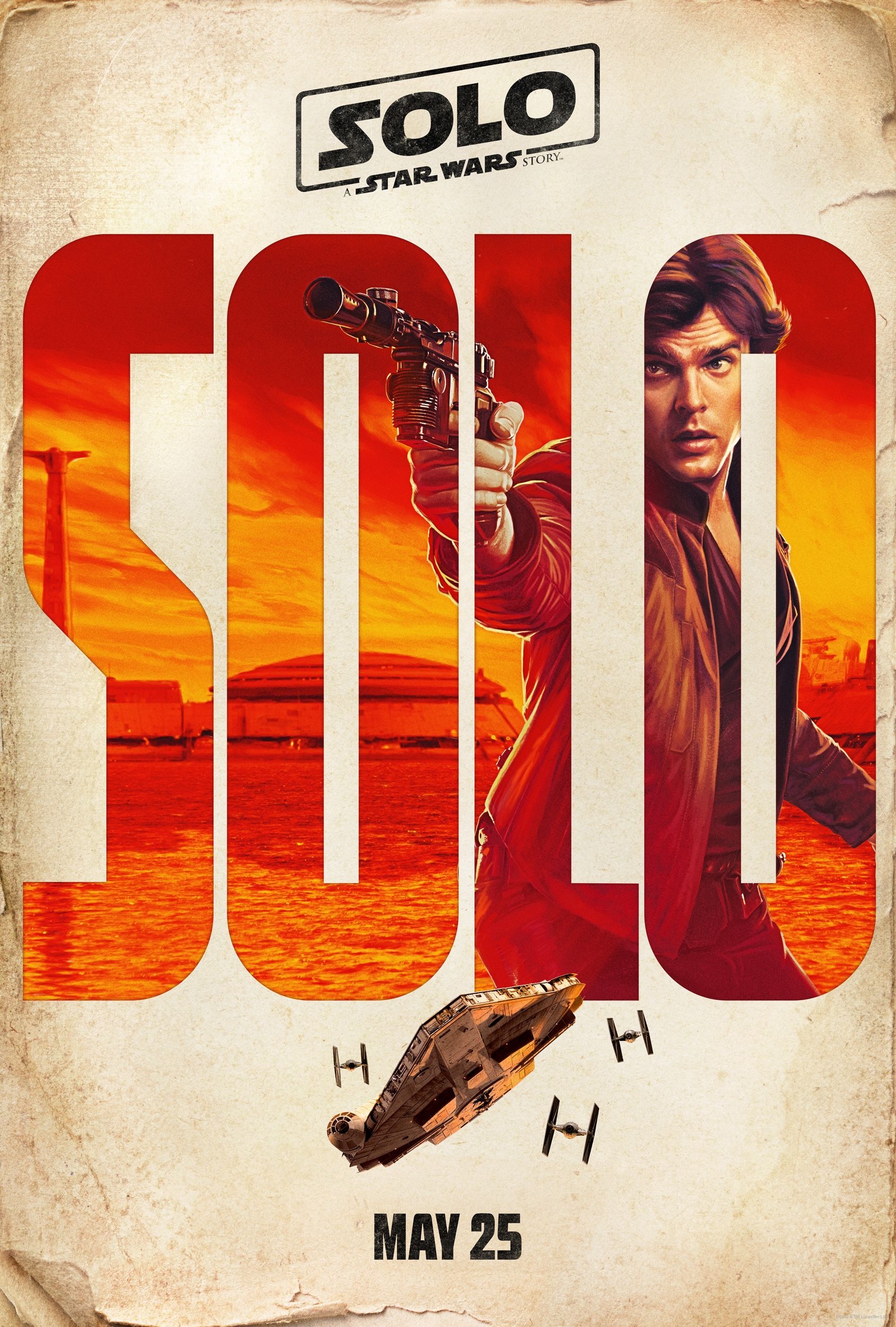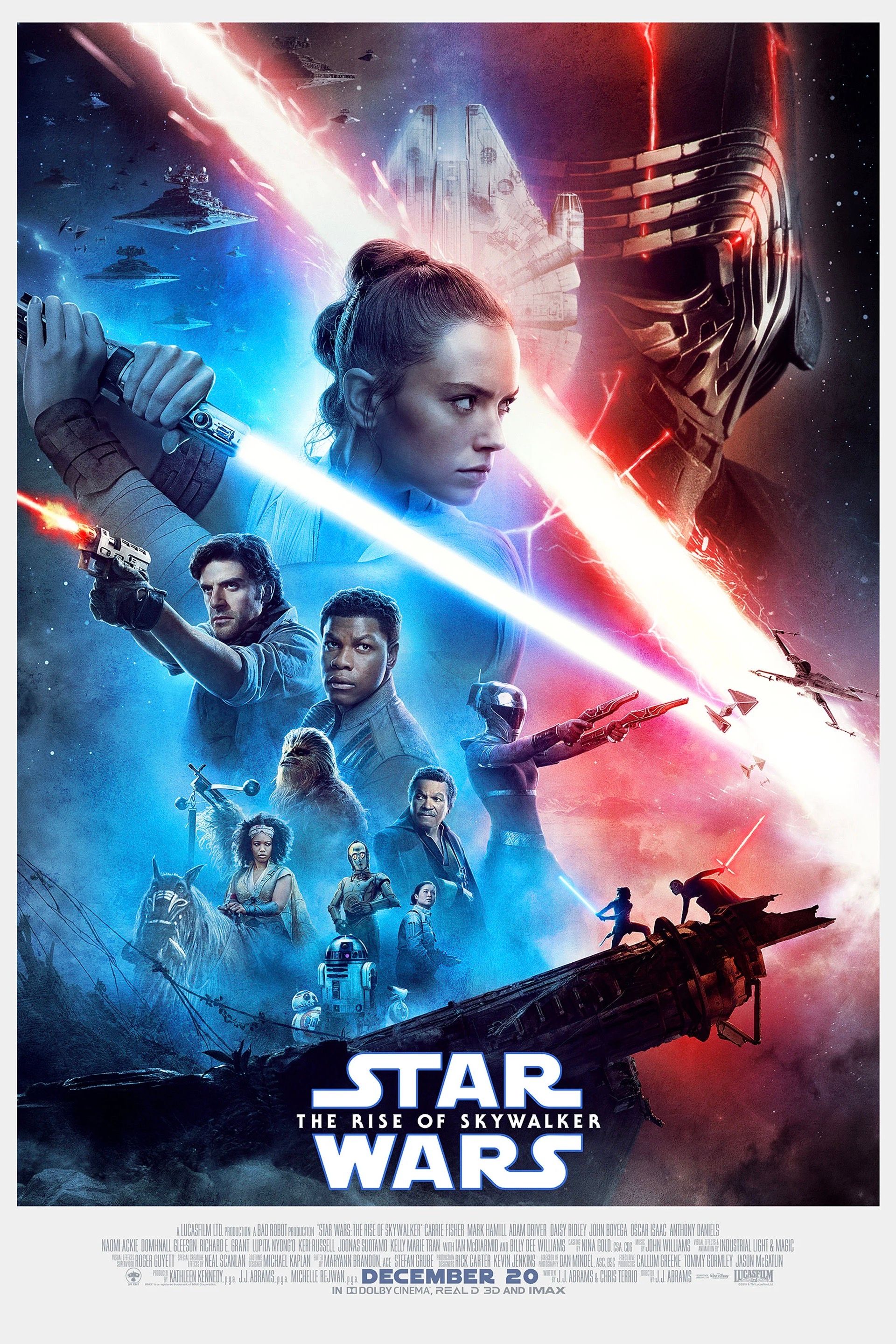[Update: Reposted from February 11th for #StarWarsDay 2018. May the 4th be with you!]
After Lucasfilm announced that Game of Thrones showrunners David Benioff and D. B. Weiss had been hired to create a new series of Star Wars films, Variety examined who had been involved in writing and directing previous Star Wars films. They found that of the 24 writers and directors of Star Wars films, including announced upcoming films, 96% were white men. The one exception to the rule that the Variety article includes is Leigh Brackett, who wrote the original screenplay for The Empire Strikes Back (1980). As of yet, no person of color written or directed a Star Wars film.
There is, however, an additional dimension to the creation of Star Wars; it's not simply that women have not been involved. There are a number of women, including women of color, who have been involved behind the scenes of Star Wars, several of whom have been responsible for making influential creative decisions. It's true that 96% of credited writers and directors are white men - but that statistic also reflects how too often women are not properly recognized for their contributions to the film industry. Women have always helped to shape Star Wars: to give voice to its characters, to conceive of its biggest plot points, and to propel its stories forward and into the future.
Related: Rumor: Women & People of Color Are Developing Star Wars Movies
We have put together a list that highlights some of the women who have helped to create Star Wars behind the camera, including women whose directorial or screenwriting contributions may not be officially credited. Without these women, Star Wars would certainly not be what it is today. Hopefully they will soon be joined by the first woman to direct a Star Wars project and the first people of color to write and direct Star Wars films.
This Page: Gloria Katz
Gloria Katz
Gloria Katz is a screenwriter who, along with her husband Willard Huyck, wrote films including Lucas's American Graffiti (1973), Spielberg's Indiana Jones and the Temple of Doom (1984), and Huyck's own Howard the Duck (1986). Katz and Huyck were friends with George Lucas, and after American Graffiti, he asked them to help improve the dialogue in his new project: Star Wars. The couple focused on injecting humor, characterization, and fast-paced banter into the film. Huyck and Katz wrote approximately 30% of the dialogue that appears A New Hope, including some of the film's most iconic lines. As is typical with script doctors, they did not receive a writing credit.
Marcia Lucas
Marcia Lucas won the Academy Award for Best Editing for her work on Star Wars: A New Hope. Previously, she had also worked as the editor of American Graffiti (1973) and several Martin Scorsese films, including Taxi Driver (1976); she would go on to also edit The Empire Strikes Back (1980, uncredited) and The Return of the Jedi (1983). Despite recognition from the Academy for her work on Star Wars, Marcia Lucas's influence on the original trilogy cannot be overstated. In addition to weaving together the final films that fans know today, she was also involved throughout the creative process to a greater extent than would be typical of an editor because she was married to filmmaker George Lucas.
A number of people involved in the production of the original trilogy acknowledge the creative decisions that Marcia Lucas contributed to, including actor Mark Hamill. Hamill noted in an interview that the difference between the original films and the prequel films is likely due to Marcia Lucas's absence (George and Marcia divorced in 1983), because she wasn't afraid to speak her mind and tell George he was wrong. Marcia Lucas has been credited with ensuring that George kept small, playful moments including Leia's "kiss for luck" in A New Hope. George Lucas also said in an interview with Rolling Stone that Marcia Lucas was the first person to suggest that Obi-Wan Kenobi die in A New Hope.
More: Will Star Wars Finally Release Multiple Films Per Year?
Leigh Brackett
Leigh Brackett is the only woman to be created with writing or directing a Star Wars film; the credits of The Empire Strikes Back identify her as one of the screenwriters, along with Lawrence Kasdan. Brackett wrote the original screenplay for The Empire Strikes Back, but passed away from cancer before the script was finalized. Lucas and Kasdan worked from Brackett's script to develop the final film.
Brackett was a famous science fiction writer, writing both screenplays and science fiction novels. Her novel The Long Tomorrow (1956) was shortlisted for the Hugo Award for Best Novel, making her the first woman to be nominated for the famed science fiction award. Brackett would posthumously win a Hugo Award for The Empire Strikes Back.
Because Lucas greatly admired Brackett's science fiction contributions, he reached out to her to write the script for the second Star Wars film. However, since her death and the film's release, Lucas has contested how much Brackett actually contributed. Comparing Brackett's script with the final film illustrates similar plot points, settings, and structure, although there are also noticeable changes. Darth Vader's famed reveal is not present, and the love triangle between Luke, Leia, and Han is more pronounced.
Kathleen Kennedy
Kathleen Kennedy is a film producer and has been the president of Lucasfilm since the 2012 Disney purchase from George Lucas. Lucas personally chose Kennedy, a long-time friend of both Lucas and Spielberg, to be the new executive behind Star Wars. Before becoming the president of Lucasfilm, Kennedy produced films including E.T. (1982), Jurassic Park (1993), Schindler's List (1993).
Kennedy has been the main driving force for the new Star Wars films and has been heavily involved in hiring directors and actors, including relative unknowns Daisy Ridley and John Boyega. Kennedy is also responsible for several creative decisions that greatly influenced the final films: she coordinated reshoots for Rogue One (2016) which greatly modified the third act of the film; she replaced Solo (2018) directors Phil Lord and Chris Miller during the film's production with veteran Ron Howard; and she fired Episode IX director Colin Trevorrow during development and brought J. J. Abrams back to direct the film. While Kennedy is not a director, she is arguably the single most important person in the development of the post-2012 Star Wars films.
More: Lucasfilm May Already be Hiring For The Next Animated Star Wars Show
Kiri Hart
Kiri Hart is the Senior Vice President of Development at Lucasfilm, one of the producers of Star Wars Rebels (2014), and the leader of the famed Lucasfilm Story Group; the eleven-person group is consulted for all Star Wars projects, defines the parameters of Star Wars canon, and ensures consistency across the Star Wars universe. According to the Wall Street Journal, one filmmaker described Hart as the Lucasfilm equivalent to Marvel's Kevin Feige.
Related: Multiple New Star Wars TV Shows Are In Development
The Story Group that Hart heads has three other women: Carrie Beck, Rayne Roberts, and Diana Williams. Five members of the Story Group - Hart, along with Roberts, Williams, Pablo Hidalgo, and Leland Chee - are people of color.
Carrie Beck
Carrie Beck is a member of the Lucasfilm Story Group and is the Vice President of Lucasfilm Animation. Beck is also one of the creators, writers, and producers of the popular animated series Star Wars Rebels (2014). Beck is also an executive producer of both Lego Star Wars: The Freemaker Adventures (2016) and Star Wars: Forces of Destiny (2017). Forces of Destiny specifically tells the stories of women within the Star Wars universe - including Leia, Rey, Hera, Sabine, and Jyn - and is meant to appeal to both young fans who are new to Star Wars and old fans alike. As the Star Wars universe expands, its animation division will continue to grow under Beck's supervision.
Rayne Roberts
Rayne Roberts is a creative executive at Lucasfilm and one of the members of the Lucasfilm Story Group. As a creative executive on The Force Awakens (2015), Rogue One (2016), and The Last Jedi (2017), she consulted on each film from development to the final product. She has also worked as a creative executive on Star Wars Rebels (2014).
While a guest on The Star Wars Show in 2016, Roberts revealed that she was involved in the conversation that sparked the idea that Luke Skywalker would only appear in the final moments of The Force Awakens. Because Roberts is credited as a creative executive on each Star Wars film, yet she was not counted in the Variety article because she did not have a movie directing or writing credit.
Diana Williams
Diana Williams is a content strategist for Lucasfilm and a member of the Lucasfilm Story Group. She is also a creative development executive at the ILMxLAB, which focuses on immersive entertainment experiences, and ensures that the ILMxLAB projects are in-keeping with the rest of the expanded Star Wars universe. Williams is on the cutting-edge of storytelling, working with the ILMxLAB to develop The VOID virtual reality Star Wars experience titled Secrets of the Empire. The VR experience, which was released in 2018 at the Disneyland resort, offers an immersive experience.
While screenwriter David Goyer (The Dark Knight) wrote the script, Williams was part of the team that developed the story alongside the technological capabilities. Williams was also responsible for ensuring that the story of Secrets of the Empire was sufficiently "Star Wars."
Related: What Star Wars Movies Are Coming Out?
Comic Book and Novel Writers: Cynthia Martin, Adriana Melo, Jan Duursema, Delilah S. Dawson, Claudia Gray, and more
A number of women have written, designed, and illustrated Star Wars comic books and novels over the years, including Cynthia Martin (the original Marvel Star Wars in the 1980's), Adriana Melo (artist for Star Wars: Empire comics), Jan Duursema (artist and creator of popular characters including Aayla Secura and Quinlan Vos), Delilah S. Dawson (novelist and writer of Phasma), Claudia Gray (author of Lost Stars, Bloodline, and Leia, Princess of Alderaan), Karen Traviss (creator of the Republic Commando novel series), Christie Golden (creator of the Fate of the Jedi Legends series and canon Dark Disciple), Judy Blundell (Star Wars novelist who wrote under the pseudonym Jude Watson).
While these women are not responsible for choices made in the films, the choices that they make and the characters that they developed shaped fan's understandings of Star Wars and the subsequent decisions that filmmakers make.
Carrie Fisher
Last, but certainly not least, Star Wars' own Princess Leia lent her hand behind the scenes as well. While Carrie Fisher is best known for playing the rebel princess-turned-general, she was also a talented script doctor who was called in to help rework and rewrite dialogue in films. Script doctors are more often than not uncredited, but Fisher is known to have worked on a number of films in the 80's, 90's, and early 2000's, including Spielberg's Hook (1991), Sister Act (1993), Lethal Weapon 3 (1992), and Intolerable Cruelty (2003).
Fisher's first and last projects as a script doctor, however, were the Star Wars films. She got her start rewriting scripts while filming the Star Wars original trilogy. She also reportedly contributed to the prequel films as a script doctor, and Rian Johnson talked about how she worked with him on the script for The Last Jedi (2018). Johnson would go to Fisher's house, sit on her bed, talk through his ideas, and share drafts with her. From beginning to end, Fisher shaped her iconic character, and, credited or not, is the creator and keeper of Princess Leia.
-
Star Wars creative opportunities and credits have overwhelmingly to white men, but white women, men of color, and women of color have and continue to contribute to Star Wars' past and future. Lucasfilm now needs to give directorial opportunities and credits to women and people of color.
Sources: The Mary Sue, Film Freak Central, Rolling Stone, WSJ, Star Wars.com

